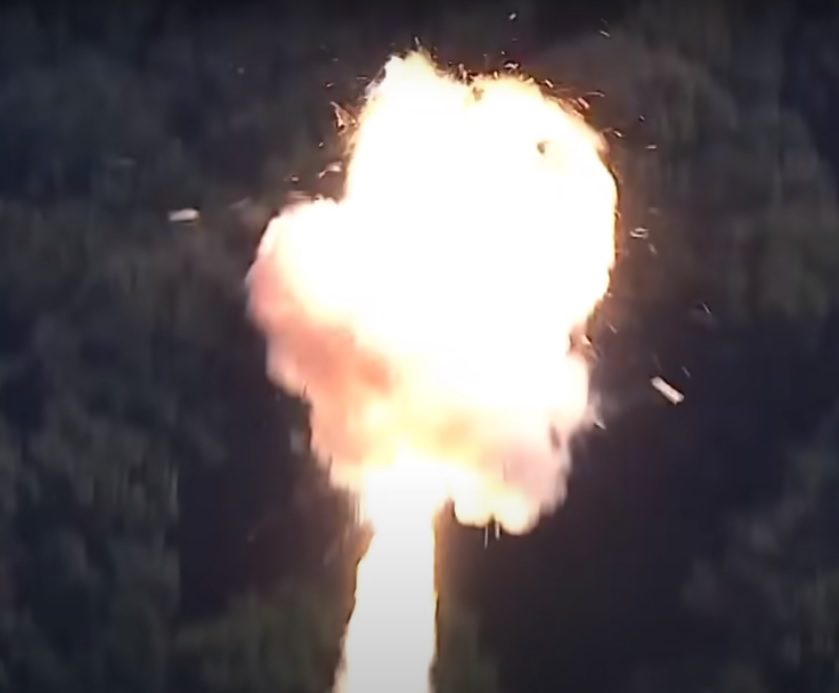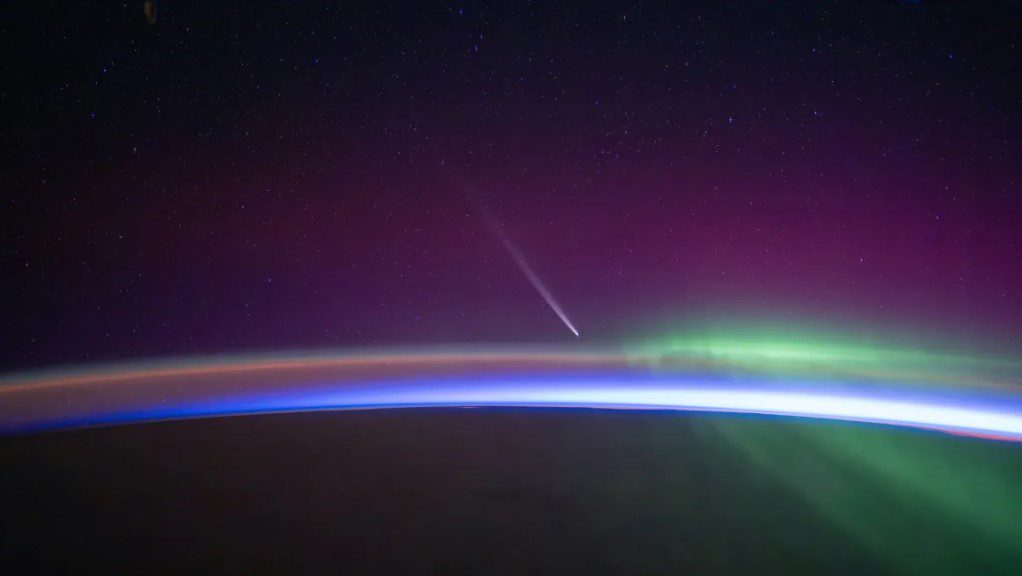For those of us old enough to remember the Apollo moon landings, as this writer does just about, it is always a thrill to meet those few remaining astronauts who have managed to set foot on the Moon. And given that these jut-jawed, all-American heroes of the past are now octogenarian old men, sadly the chance of meeting them in real life is diminishing every day. Those involved in the space industry every so often get an opportunity to meet these gallant men, but how can the average space cadet on the street get to do this without becoming a “space stalker”?
While your correspondent gave up collecting autographs as a 10-year-old boy after once getting a curmudgeonly brush-off from an actor filming The Professionals action TV series nearby (no, not the nice Lewis Collins – now sadly departed – who freely gave his, but the other too-precious one), this writer does admit to having a few framed, signed NASA photos hung at home mainly for their artistic value. Even so, your correspondent found himself looking forward to helping out at the British Interplanetary Society’s stand at the Autographica fair, which this year was being held in a hotel near London’s Heathrow airport.
These autograph fairs attract astronauts, fighter pilots and other past heroes, including stars of stage and screen. This last bunch ranges from fading bit-part glamour girls from the Bond movies to more genuine stars whose sadly overlooked talent has meant they now have more time on their hands. However their fans still remember and celebrate them, and such fairs do give aficionados a genuine and honourable way to meet those whom they admire.
A rough guide to the stars’ relative “importance” could be found in the amount each of these celebrities charged for their scribbles. The most expensive autograph at this event was Apollo 11′s Buzz Aldrin’s, at an eye-popping £350. A lot cheaper was that of Apollo 12′s moonwalker Alan Bean, who charged £65. The more lowly “stars” came in at £15 or less.
Much better value is to eschew getting any autographs at all, and instead hear some of the wise words of these heroes as they spoke at the paid-for lectures. In his lecture, Alan Bean noted the highlights of his accomplished career at NASA, including taking part in the Apollo 12 landing expedition and the praise-worthy second manned Skylab mission, Skylab 3, which helped repair the Skylab space station.
Bean mentioned some of the technical achievements of the mission. For example, he explained that NASA wantedApollo 12′s landing to be much more accurate that Apollo 11′s. To achieve this, the NASA technical team managed to come up with a way of correcting the guidance system actually during the descent. The result was that the Apollo 12 crew landed under 360 meters from the unmanned Surveyor 3 lander they were targeting.
While Neil Armstrong’s Apollo 11 crew seemed a serious bunch, the Apollo 12 crew were noted for their sense of humour. The commander, Charles ‘Pete’ Conrad, and Bean left a Playboy calendar image entitled “Map of the Heavenly Body” for fellow crewmate Richard Gordon to find as he waited for them in lunar orbit. Bean recounted that he and Conrad had also hatched a practical joke to put an ancient arrow head on the moon to imply lunar civilisation. Bean was thankful they did not go though with that one: scientists would not have seen the funny side.
On a more serious note, he had once been admonished by Conrad after complaining about one of the ground engineers. This correction to his intolerance shook him, but Conrad had been right about people having different talents. “You have to find away to admire and care about all your different team mates,” advised Bean.
After retiring from his astronaut career in 1981, Bean turned to art, often depicting his fellow astronauts walking on the Moon. In his painting of Neil Armstrong, currently hanging in the Smithsonian Air and Space museum, he had to paint over the Omega Speedmaster watch originally depicted as strapped to the right arm of Armstrong’s Apollo spacesuit. He had found out that Armstrong had taken the precaution of leaving the watch in the Lunar Module after the module’s clock was found to be faulty.
While real astronauts abounded at Autographica, there was one fictional lunar dweller there who is still fondly remembered by her fans: Barbara Bain. She came to fame in the original TV series Mission Impossible before moving to England to star in a Gerry Anderson live action 1970s science fiction series: Space 1999. While Anderson had made a previous Moon-based TV adventure series called UFO, the Space 1999 series had a more outlandish premise in following members of a lunar base after the Moon is ripped from Earth orbit.
Bain said the role suited her family commitments (British film crews worked shorter hours in those days than their US counterparts) and starred in the series with her then real-life husband Martin Landau. She played Moonbase Alpha’s sensible and cerebral medical expert, Dr Helena Russell, as a counterfoil to the brave but stressed Commander, John Koenig. During her interview, she praised many of her fellow Space 1999 actors including Barry Morse, who played the scientist Professor Victor Bergmann, as well as the technicians in the special effects team at Bray Studios, some of whom went on to work on Star Wars. Bain also reminded the audience that the late director, Charles Crichton, was more famous as a director of Ealing comedies and, later, A Fish called Wanda (1988).
When asked whether she would have liked to have been an astronaut, Bain said she was not really keen on raising her hand to go but that remained interested in astronomy and space.
She took up acting after starting as a dancer because she relished a challenge. “I liked acting because I could not do it very well,” she commented. Bain evidently got a lot better at her craft as she subsequently won three Emmy awards for her role in Mission Impossible.
Now in her 80s, Bain continues to take smaller acting roles and remains committed to charity work. . She is active in promoting the BookPals initiative, which aims to promote literacy through actors reading stories aloud to school children. “Reading meant so much to me as a kid,” said Bain, who admitted that she wanted to read every book in the library.



